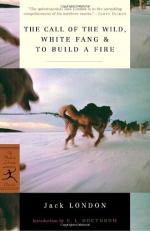|
This section contains 310 words (approx. 1 page at 400 words per page) |

|
1890s: In 1895, Guglielmo Marconi transmits a message using radio waves recently discovered by Heinrich Rudolph Hertz in 1887. This is the beginning of the "wireless telegraph." News of the gold discoveries, made in the Klondike region of Canada's Yukon Territory since August of 1896, reach the U.S. in January, 1897, and start another gold rush.
1990s: The network of telecommunication lines, radio and television transmitters, cellular phones, and orbitting satellites makes it possible to transmit news even from remote locations to most urban places in the world in a matter of minutes.
1897: English physicist J.J. Thomson formulates the idea of an atomic nucleus orbited by one or more electrons. This number of electrons characterizes the atom, giving it its atomic number.
1905: Swiss theoretical physicist Albert Einstein introduces the concept of the equivalence of matter and energy with his equation E=mc2, and raises the possibility...
|
This section contains 310 words (approx. 1 page at 400 words per page) |

|




